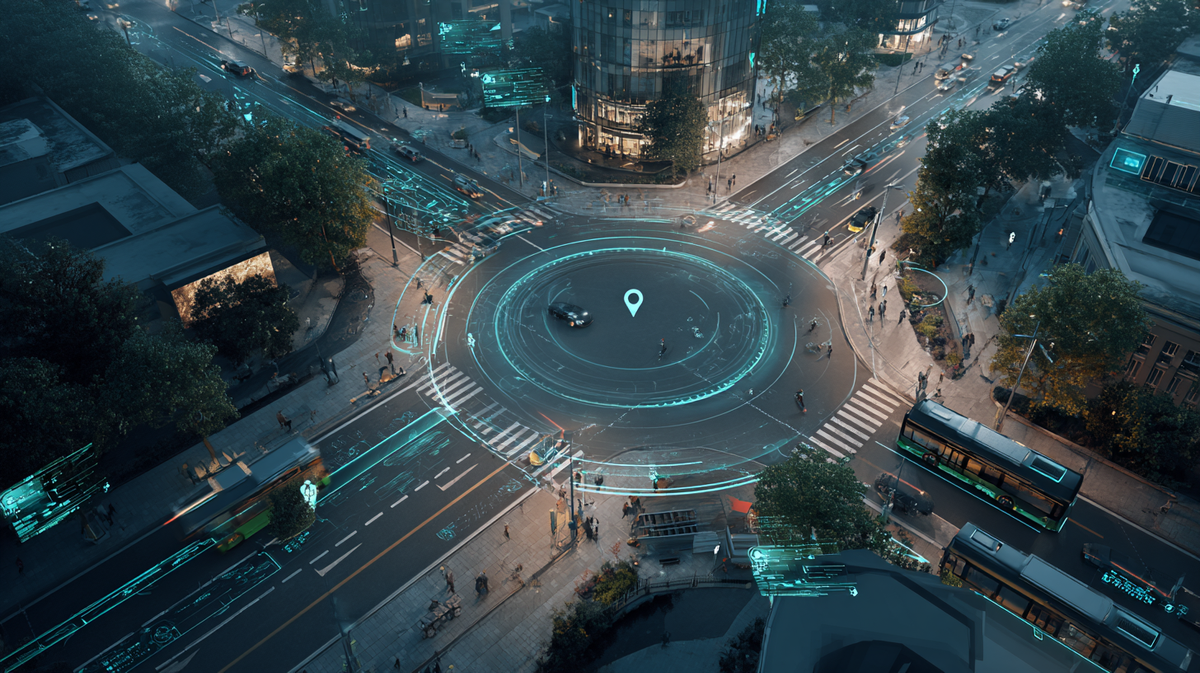SenSen Partners with Point One Navigation to Boost Location Accuracy in Smart City Systems

- SenSen will use Point One Navigation’s positioning network to add real-time, centimeter-level accuracy to its smart city systems.
- The upgrade aims to improve data reliability across curb enforcement, asset tracking, and fuel theft detection.
Point One Navigation and SenSen have partnered to bring real-time, centimeter-level location accuracy to SenSen’s smart city systems. By integrating Point One’s Polaris RTK corrections network, SenSen will enhance positioning capabilities across its applications, including curb enforcement, asset tracking, public safety, and fuel theft detection.
"Precision is the foundation of intelligent city management. Without accurate positioning, the data collected from our systems loses its full value for critical decision-making," said Aaron Nathan, CEO of Point One Navigation, in a press release. "Our partnership with SenSen demonstrates how Polaris RTK's centimeter-level accuracy and 99.9% uptime can empower smarter, safer, and more efficient urban environments. These users rely on absolute precision, and our positioning platform ensures they can trust their data completely."
Point One operates a real-time kinematic (RTK) corrections network made up of thousands of actively monitored base stations. SenSen will use this infrastructure to provide consistent, high-precision location data for customers working in smart city and enterprise settings.
The partnership is designed to give SenSen’s systems consistent, centimeter-level accuracy across vehicles and devices. It supports growing needs for precision in areas like city operations, safety services, and enterprise use cases.
🌀 Tom’s Take:
By fusing high-precision GPS with AI-driven situational awareness, Point One and SenSen are turning static infrastructure into responsive systems. It’s enabling machines to use spatial context to make meaningful decisions in the real world.
Source: PR Newswire / Point One Navigation






